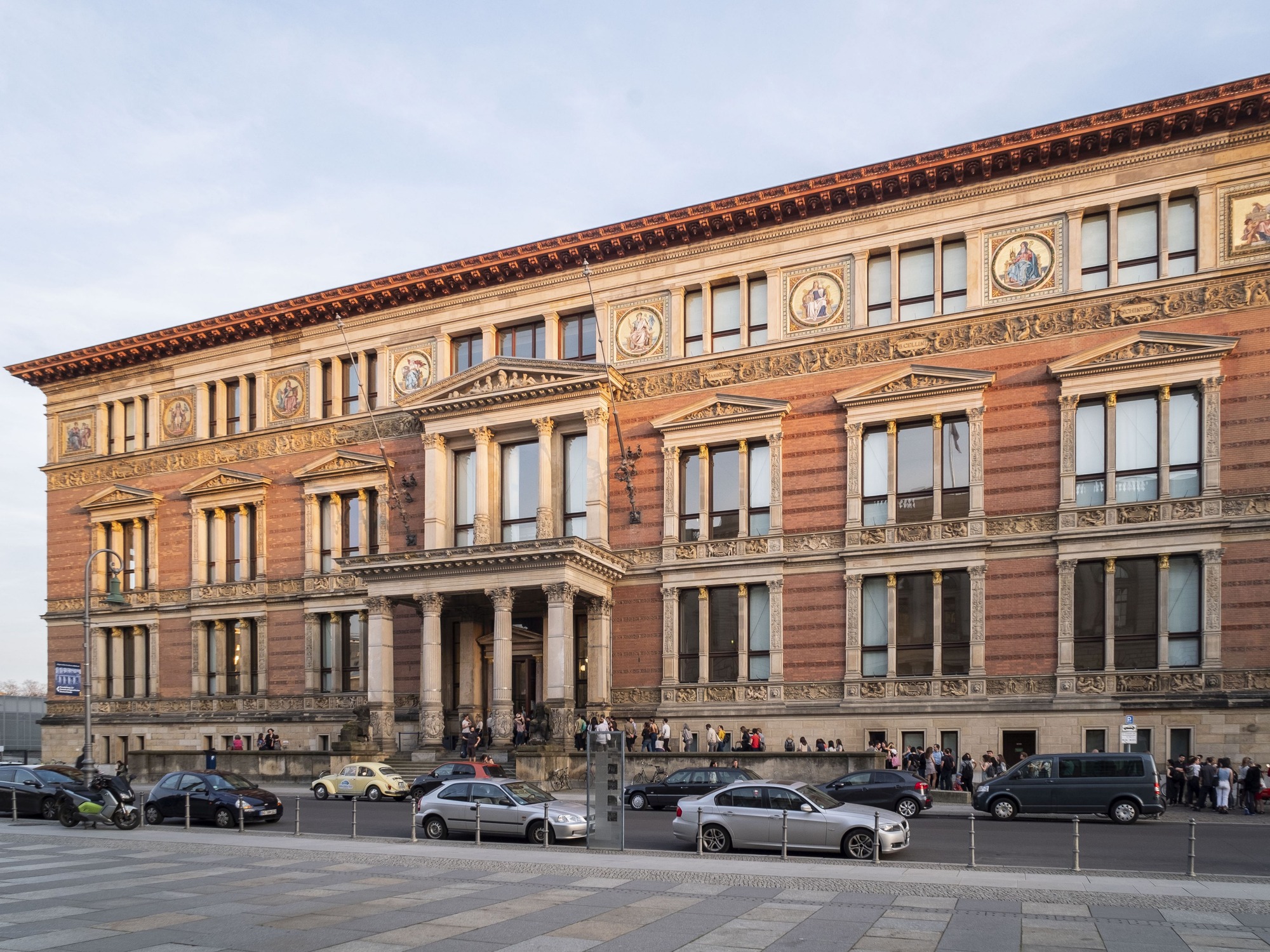About us
Located in the centre of Berlin, the Gropius Bau is a lively place to encounter art and each other. The internationally renowned institution stages large-scale exhibitions and performances by contemporary artists. Its diverse events focus on exchange and discussion, bringing together local and global perspectives.
Here, artists shape the programme from within, not only showing their own work, but developing thematic or solo exhibitions of work by other artists. In some cases, they spend several years working in one of the Gropius Bau’s on-site studios, becoming deeply intertwined with the institution and shaping it with their ideas and vision.
In all of this, the notion of playing serves as a proposition for how we can engage with one another in times of increasing social tension: openly rather than judgmentally, with each other rather than against each other and playfully exchanging perspectives and positions. This idea also lies at the heart of BAUBAU, a play space for kids developed by artist Kerstin Brätsch and accessible free of charge. Here, kids are invited to take up space, make noise, let off steam and constantly reinvent a space where more is allowed than forbidden.

exterior view, Foto: Mathias Völzke
